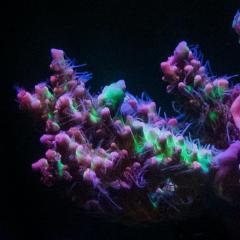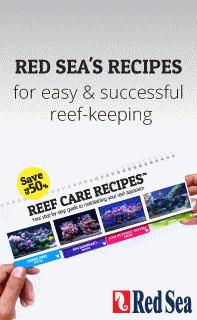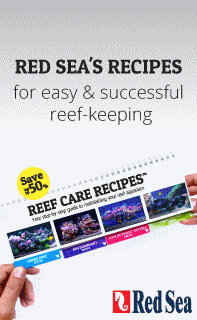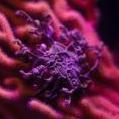-
Similar Content
-
Topics
-
Latest Update
-
12
WTS: Purple tang, blue tang, leopard wrasse, Naso tang, Golden maroon clown
Price reduced Leopard wrasse: ~2-3 inches. Pellets feeding! $20- with me for 2 years Collect at Simei. Contact 8 11 8 23 8 0 -
2
-
6
-
21
WTS/WTT Thick Branched Pulsing Xenia
Up! Sent from my iPhone using Tapatalk -
1
WTS/WTT Lumi neon green japanese kenya
Up! Sent from my iPhone using Tapatalk
-






Recommended Posts
Join the conversation
You can post now and register later. If you have an account, sign in now to post with your account.